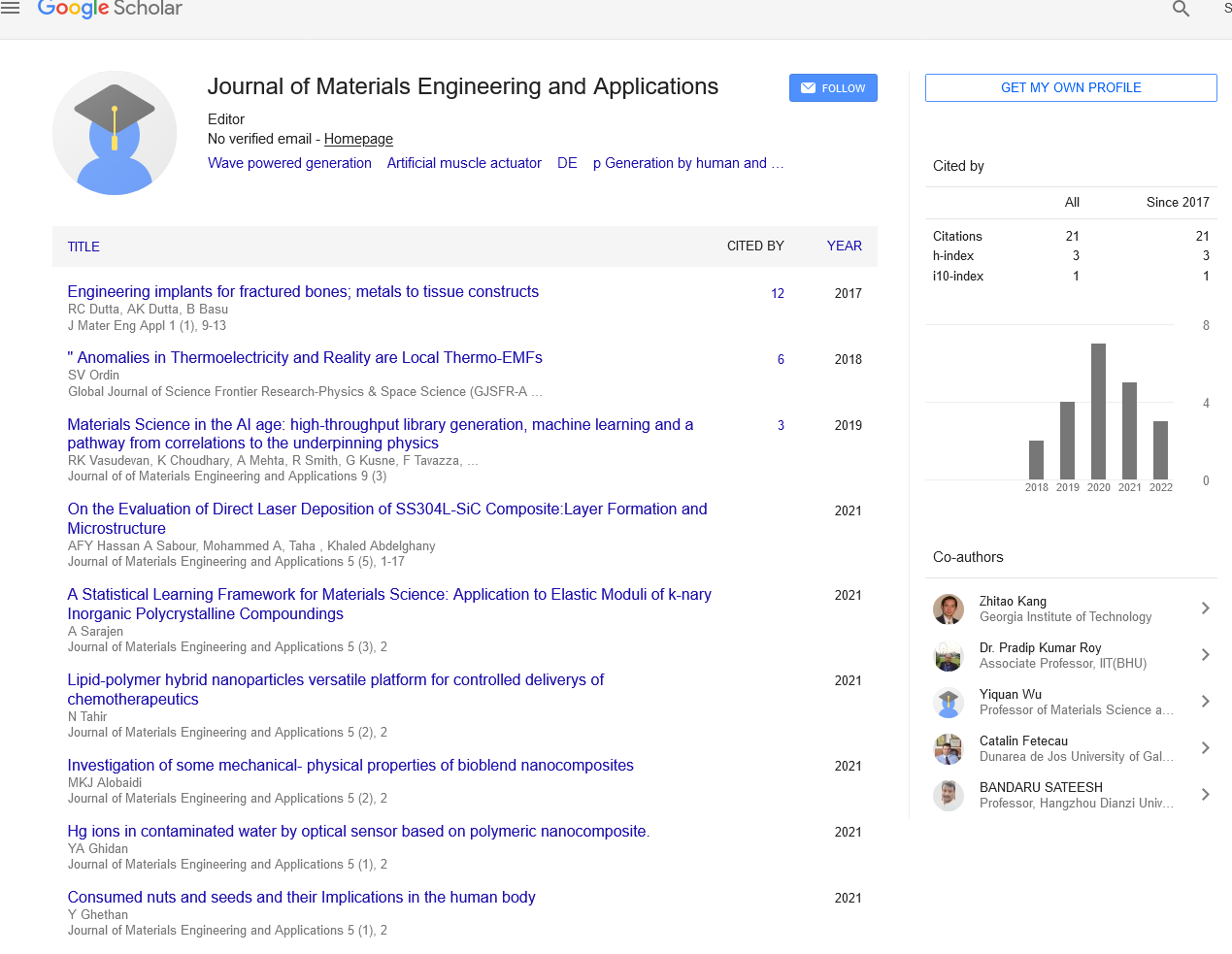
Sign up for email alert when new content gets added: Sign up
Abstract
Brillouin Optical Correlation Domain Analysis in Composite Material Beams
Author(s): Avi ZadokComposite materials are widely employed within critical structures in the aerospace, construction, automotive and healthcare sectors, due to their favorable ratio of strength to weight and the large freedom in the design of their mechanical properties and geometry. The potential consequences of failure in many composite material structures are catastrophic. Hence the structural health monitoring (SHM) of composites is often necessary at the design phase, during production, as part of in-service preventive maintenance procedures and in damage assessment [1]. Static strain analysis is often restricted to the reading of point-sensors, such as strain gauges, accelerometers or non-contact laser Doppler vibrometers. The scaling of these sensors to the continuous coverage of large areas is often challenging or altogether impractical. Optical fibers constitute an exceptional sensing platform [2]. They may be readily embedded within most structures with little effect on functionality, are immune to electro-magnetic interference, can be addressed from a long standoff distance, and may be used in hazardous environments where electricity is forbidden. Optical fibers also support distributed analysis protocols of both temperature and strain, based on the principles of Raman, Rayleigh or Brillouin scattering [3], in which every section of the fiber itself serves as an independent sensing node. Distributed Brillouin sensors were introduced to SHM in large-scale composite structures in 2003 [4]. State-of-the-art Brillouin sensing demonstrations reach a measurement range of hundreds of km, more than a million resolution points, acquisition rates of several kHz, and millimeter-scale spatial resolution.




